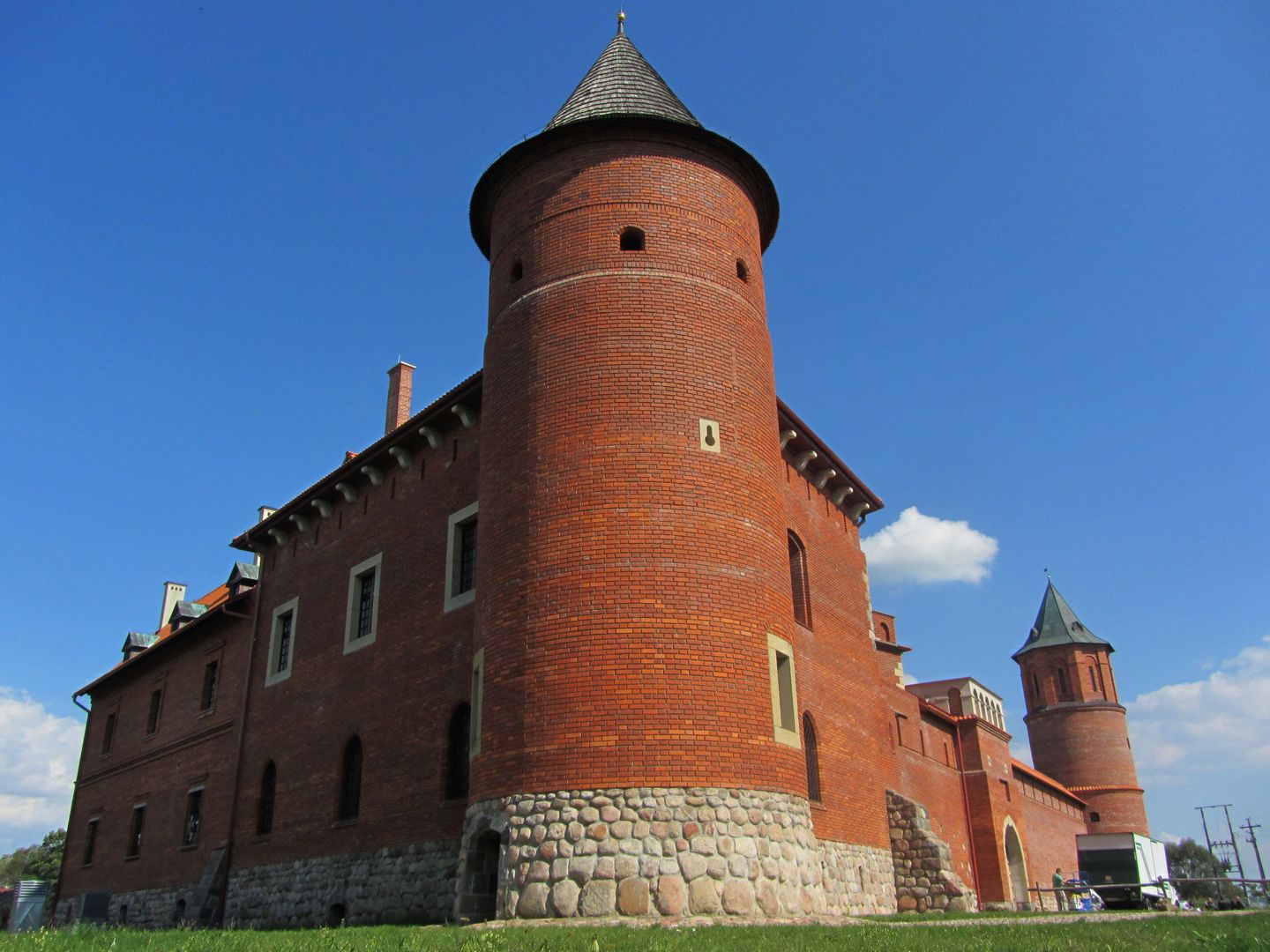Tykocin Castle
8.31

Overview
Tykocin Castle is a Renaissance fortress from the 15th century, situated on the Narew River in the Podlaskie Voivodeship. Its history dates back to the time of the Gasztołd family, when Jan Gasztołd built the first stronghold in 1433; it was likely a wooden structure. The castle underwent many changes until, between 1549 and 1575, it was expanded on the order of King Sigismund Augustus by Hiob Pretfus. At that time, it primarily served treasury and military functions, housing cannons and the royal library. In the 17th century, due to the Swedish-Polish War, the castle was converted into royal bastion fortifications, and King Sigismund III Vasa spent time there seeking refuge from the plague. In the 18th century, the castle lost its significance, and after a fire in 1734 and subsequent damage, it fell into ruin. It was dismantled, and the building materials were used for new houses. After multiple changes in ownership, the castle's restoration began in the 21st century when Jacek Nazarko initiated archaeological work, leading to the reconstruction of its historical form. The castle's architecture featured a trapezoidal layout with four cylindrical towers, and the original walls were surrounded by a moat and bastions. Today, Tykocin Castle houses a museum showcasing its rich history, as well as a restaurant serving regional dishes. The castle is a venue for numerous cultural events, including historical reenactments like the "Storming of the Castle," and culinary events such as "St. Martin's Goose." Interestingly, during archaeological excavations, many artifacts were discovered and are now exhibited in the museum, highlighting the site's importance in Polish history. The castle not only attracts tourists with its architectural and cultural appeal but also serves as an important educational center, showcasing the region's rich heritage.
Location
2025 Wizytor | All Rights Reserved